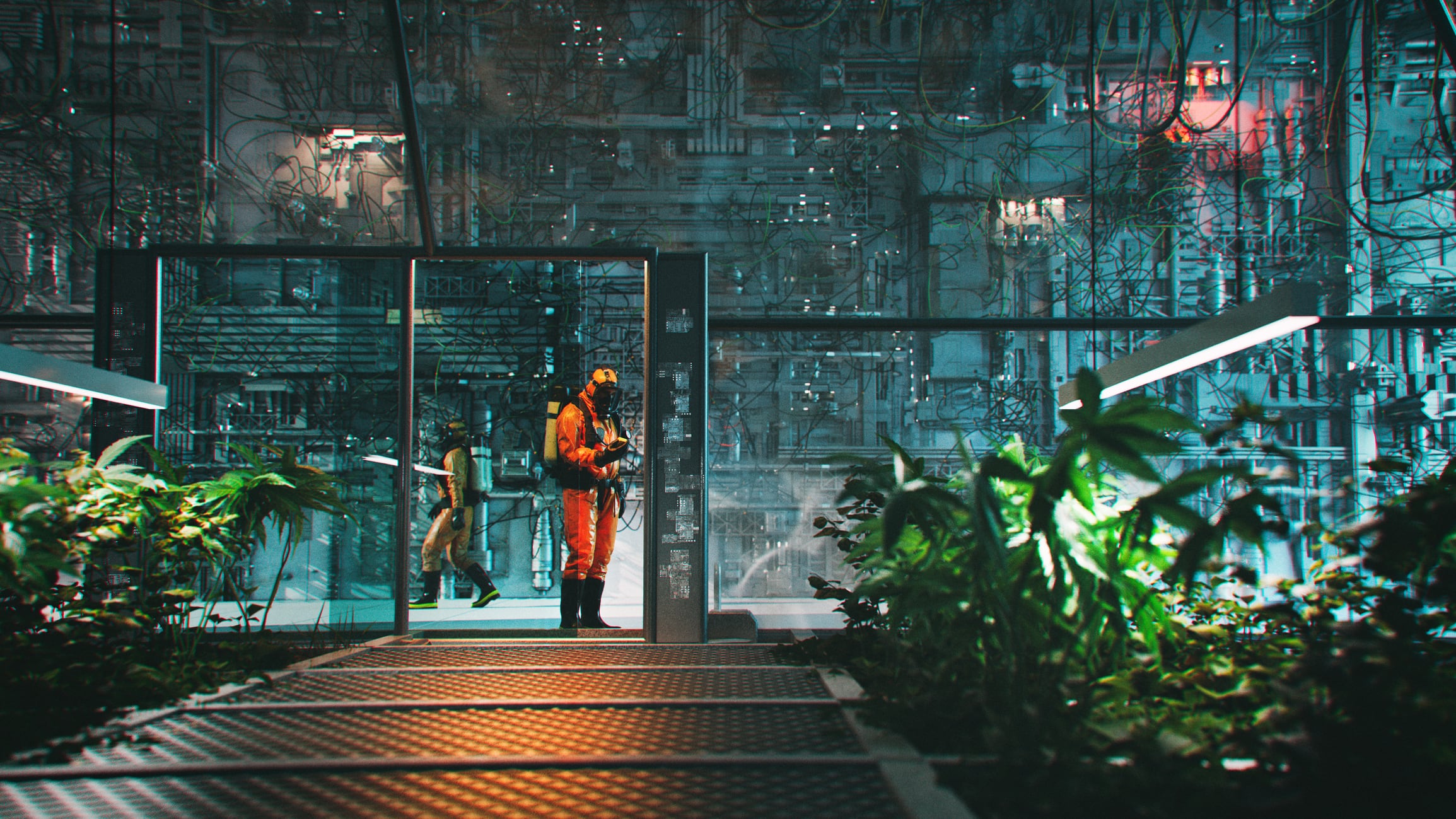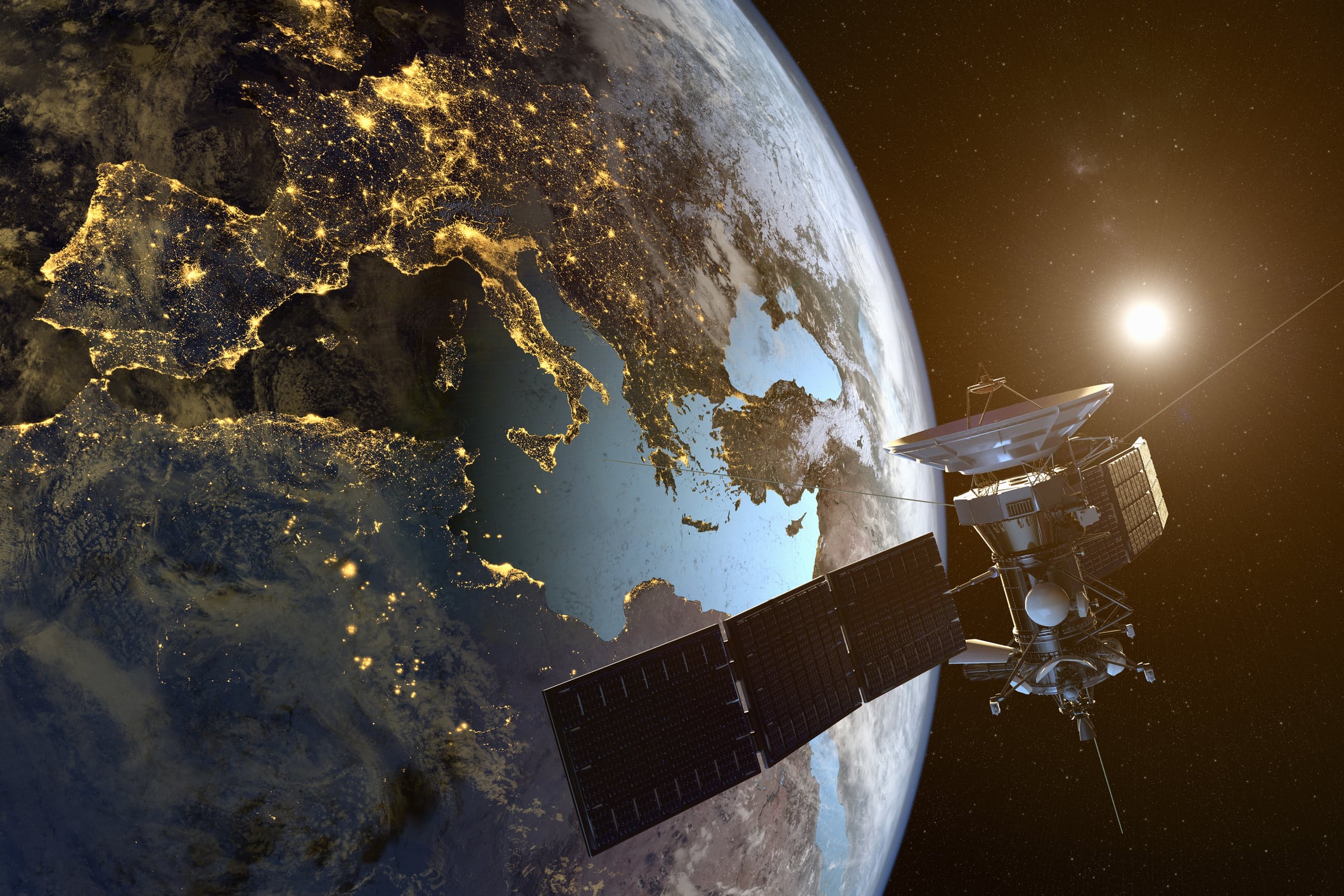To boldly go where no one has gone before cannot be achieved with warp speed alone.
“The ability for us to grow fresh food in space is an essential part of the solution to the challenges for NASA’s long-duration human exploration of the Moon and beyond,” states prominent signage at the Kennedy Space Centre.
Crop production in space is a competitive field, with most major space programmes supporting efforts to address challenges like food safety, nutrition, storage longevity, and the inability to cook in space.
Research and development is expected to continue to grow when the International Space Station closes at the end of 2030 and investment and research transitions toward commercially owned and operated space platforms.
Unique challenges in space
Space agriculture has “unique” challenges, according to Professor Murat Kacira, director of the Controlled Environment Agriculture Center at the University of Arizona. “Addressing these also helps us innovate for earth-based systems,” he told a webinar organised by the Agritecture consultancy.
Technologies first initiated in space agriculture experiments at the beginning of the 2000s have been put to practical use back on terra firma since 2015, he explained.
“Some of the sensors used, climate control systems, LED lighting other tech… these are translating now to earth-based CEA systems. I’m really excited by that.”
Mars missions are tentatively expected in the 2030s as part of NASA’s Artemis programme planning space settlements, although no definitive Mars mission date is yet.
NASA has developed crop assessment methodology to devise the best “pick and eat” crops for astronauts including leafy greens, microgreens, lettuce, kale, spinach, sweet potato and strawberries.
Space agencies are also focussing efforts on finding new seed varieties that can be transported, stored and grown in space. “They want these seeds to be bred with increased resilience, yield and quality outcomes under low light settings and low energy demand with the ability to be resilient to the conditions we are dealing with,” Kacira explained.
The ‘holy grail’ of space agriculture research
The ‘holy grail’ of space agriculture research is biogeneration – or using plants and biological systems to regenerate essential life-support elements such as food, oxygen, and water within a closed habitat.
The European Space Agency is bidding for projects related to bioregenerative life support systems.
Meanwhile, the world’s first commercial space station, Haven-1, built by private company Vast, is set to launch in 2026. One of its partners is French company Interstellar Lab, which will install a plant growth unit, called Eden 1.0, aboard the space station.
This capsule is described as a fully autonomous, AI-driven system designed for microgravity research. It will study plant growth behavior, nutrient dynamics, and genetic adaptation in space.
The end goal is to develop advanced bioregenerative life support systems that can enable long-term human presence on the Moon, Mars, and beyond by growing food, purifying air, and recycling water in closed-loop habitats.
Interstellar Lab has an existing partnership with L’Oreal which is developing similar capsules to grow herbs and plants for cosmetics here on earth.
Benefits on the ground
This type of research has implications for the progress of farming back on earth believes space farming consultant Davi Souza. “Space is an extreme environment,” he told AgTechNavigator. “If you can grow crops there you can grow crops in the desert or Antarctica.”
It also gives terrestrial growers the chance to “contribute to the future of space exploration”, he said. And it has potential to improve the “culture problems” of the CEA sector. “We have vertical farms that are stopping operations, there’s a lack of funds and they are still not understanding their business models,” he explained.
Space farming research and investment should ultimately be used “to bring more advances and solutions to overcome the challenges that we are already facing with climate change”, he told us.
“People often ask why we are doing this type of research when there are people hungry on earth. We want to show that we are not just going to Mars, we are going to build solutions for earth.”



